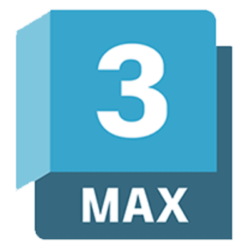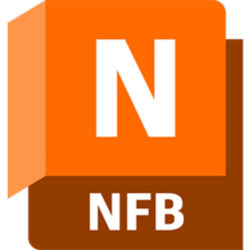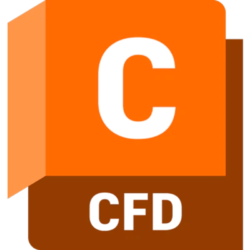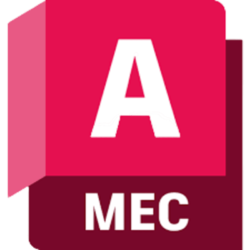ZBrush 2023 version is a 3D digital sculpting software that is often used in the sculpting industry. It not only has a variety of custom brush tools to help you complete 3D sculpted paintings, but you can also use virtual clay to complete modeling work . So that you can complete the production of 3D sculpture models on the computer.
ZBrush 2023 continues on the path of creativity and productivity, with major new features enabling artists to work faster and with more freedom. This release takes the ability to experiment and work in a natural way to a whole new level, giving artists greater freedom to express their ideas and discover ways of working that were previously unimaginable. You can also get SolidWorks SP3 2023 by LicensedSoft
Zbrush 2023 New Features:
1. Rendering
The new version integrates Redshift, players can render models directly in ZBrush, and also supports Standard, MatCap and Redshift materials.
2. Carving tools
- Slime Bridge: Now artists can leverage the power of the ZBrush masking system to create complex geometric connections and designs from one mask island to another. Control over tension, bridges, calipers and branches makes it easy to instantly create sinuous, sticky connections between any two surfaces.
- Sculptris Pro: More detail where it matters! The latest addition to this already powerful tool allows artists to use a slider to increase the mesh density in desired areas while also reducing the size of the triangles, now supporting more pens brush.
- Dynamic symmetry: Local symmetry uses the Gizmo inside ZBrush, regardless of the rotation and scaling of the model, it can moved to any position, and it can sculpted symmetrically based on the coordinate axis of the model.
- Masking Areas: Complex shapes can easily masked thanks to Auto Areas. Simply draw indicators in simple or complex shapes to determine the area that should filled, and mask multiple areas with the push of a button.
- Apply Last Action: The Apply Last Action to All Subtools feature allows applying material properties, color information and any other “undoable” operations to multiple subtools within the ZBrush Tool Palette with the click of a button.
- ZRemesher adds Retry and PolyPaint: the best automatic retopology technology in the industry, made even better by storing and comparing the resulting options for different settings. Existing colors can seamlessly projected onto newly constructed meshes.
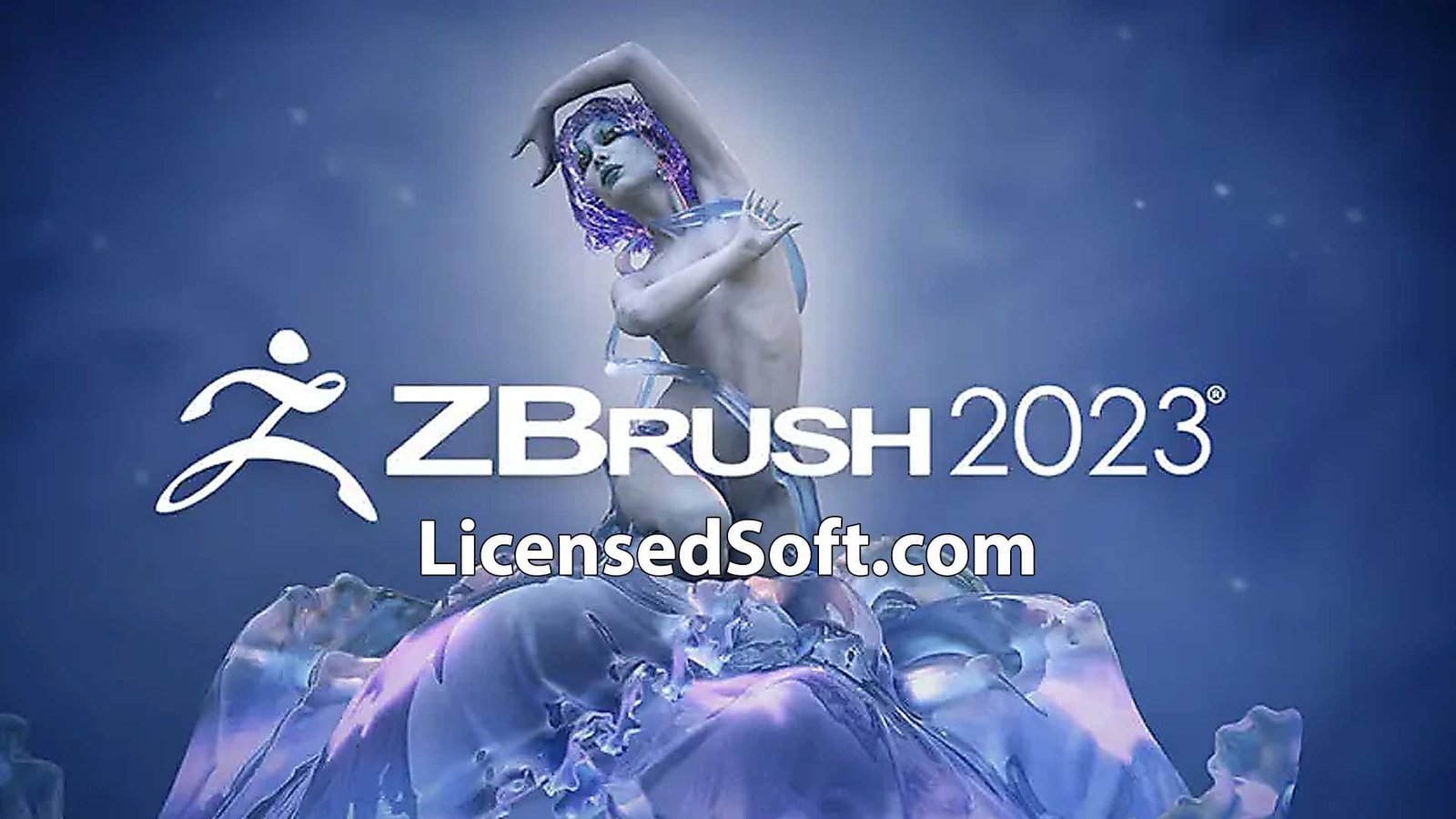
Zbrush 2023 New Functions:
1. Basic mesh creation
1. Gizmo 3D
- Gizmo 3D provides artists with a new, simple UI element that will allow manipulation and transformation of sculptures with precise control. Gizmo 3D can be easily placed in any position or orientation to perform accurate transformations. You can instantly change the pivot point for Move, Scale or Rotate. There are options to rotate relative to surface normals or world axes, and even more.
- The new Gizmo 3D transformation tool will allow multiple selections and manipulations of SubTools. Select as many subtools as you want, then move, scale and/or rotate them as a unit. This makes drawing hard surface models much easier!
- ZBrush4R8 makes it easy to make large, wide-ranging adjustments to any sculpt with the new Morph modifier. Bend text on curved surfaces using the classic Bend On Curve modifier. Twist the shape along any axis. Use the Freeform Frame (FFD) to fully adjust the profile of any model. Also includes unique, powerful deformers such as Extender and Multi-Slice.
- Design quickly using simple geometric shapes. Even when a shape is applied to a surface, the artist is free to adjust the geometry that defines the shape. Convert a smooth cylinder to an octagon, adjust a sphere to have flattened poles, or change a cone to a pyramid – all in real time. Using this system, a few primitives can be converted into an entire library of sculptable shapes.
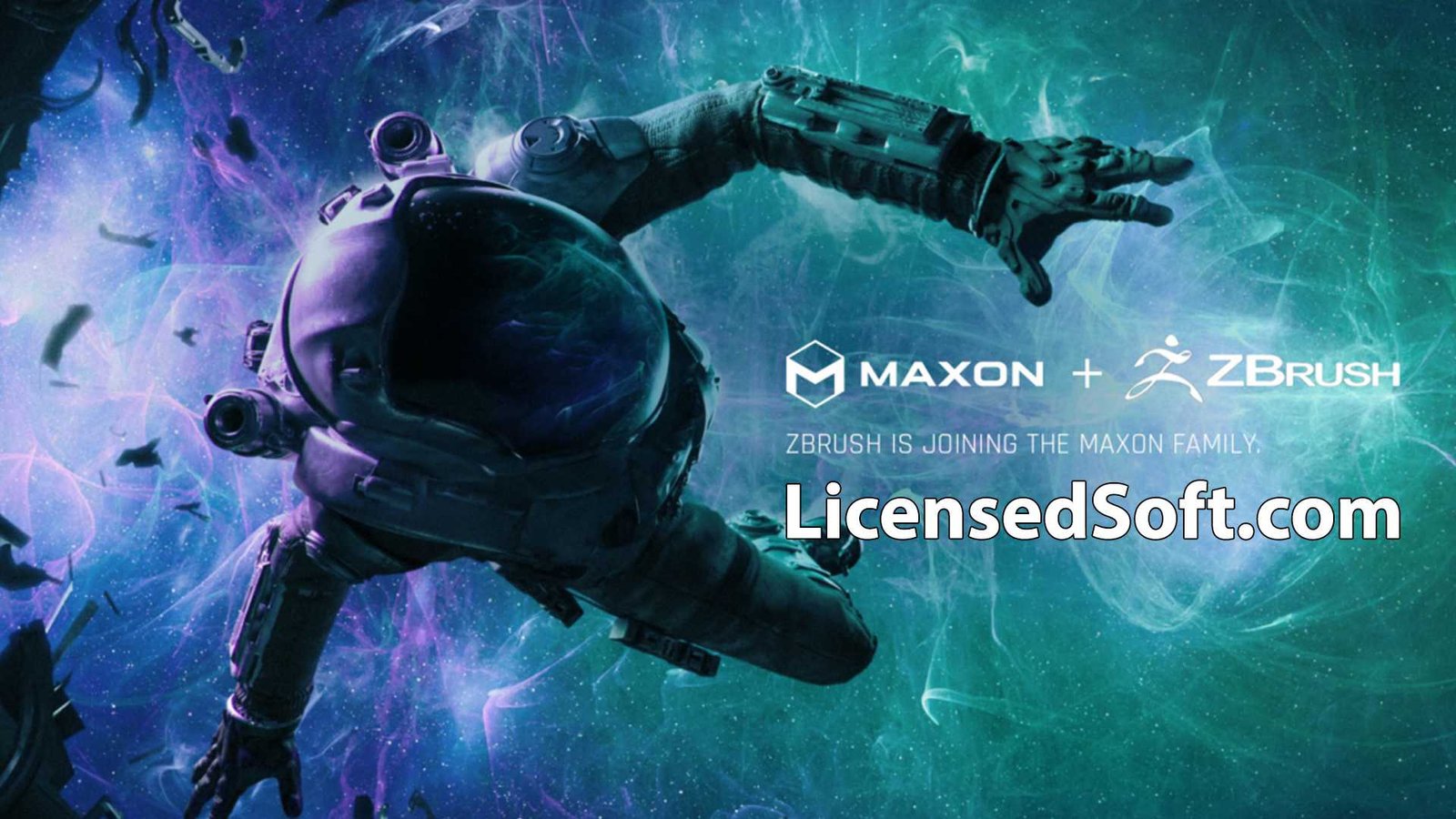
2. Sculpting
1. 3D brushes
With over 30 starter brushes for sculpting and the ability to create endless custom brushes, it’s easy to see why sculpting in ZBrush is not only powerful, but easy. A wide variety of brushes are created based on real-world sculpting techniques, and when sculpting millions of polygons, you get a natural feel as if you’re working with a real photo of clay, wood, or stone.
2. Subtools
- SubTools allow to treat a single model as many independent objects. Subtools allow you to have as many polygons per subtool as the system can handle, increasing the number of polygons you can work with. For example, if your system can handle 8 million polygons for one SubTool, you can have a model equal to 32 million polygons by having 4 SubTools of 8 million polygons each.
- ZBrush 2019 introduces the SubTool folder. Far more than just an organizational tool, this feature lets you instantly apply actions to all contained meshes, such as Move, Scale, Rotate, Copy, Delete, Hide /Show PolyPaint”, “Live Boolean”, etc.
3. 3D Layers
- Layers allow for non-linear workflows. Artists can work with models in several different stages of development at the same time. Artists can add details like scales of reptile skin, then close those details and refine the main form of their base. If the director calls for greater damage to a piece of armor, simply increase the strength of that layer. If you want to see the same mesh without any damage, just turn off the layer.

